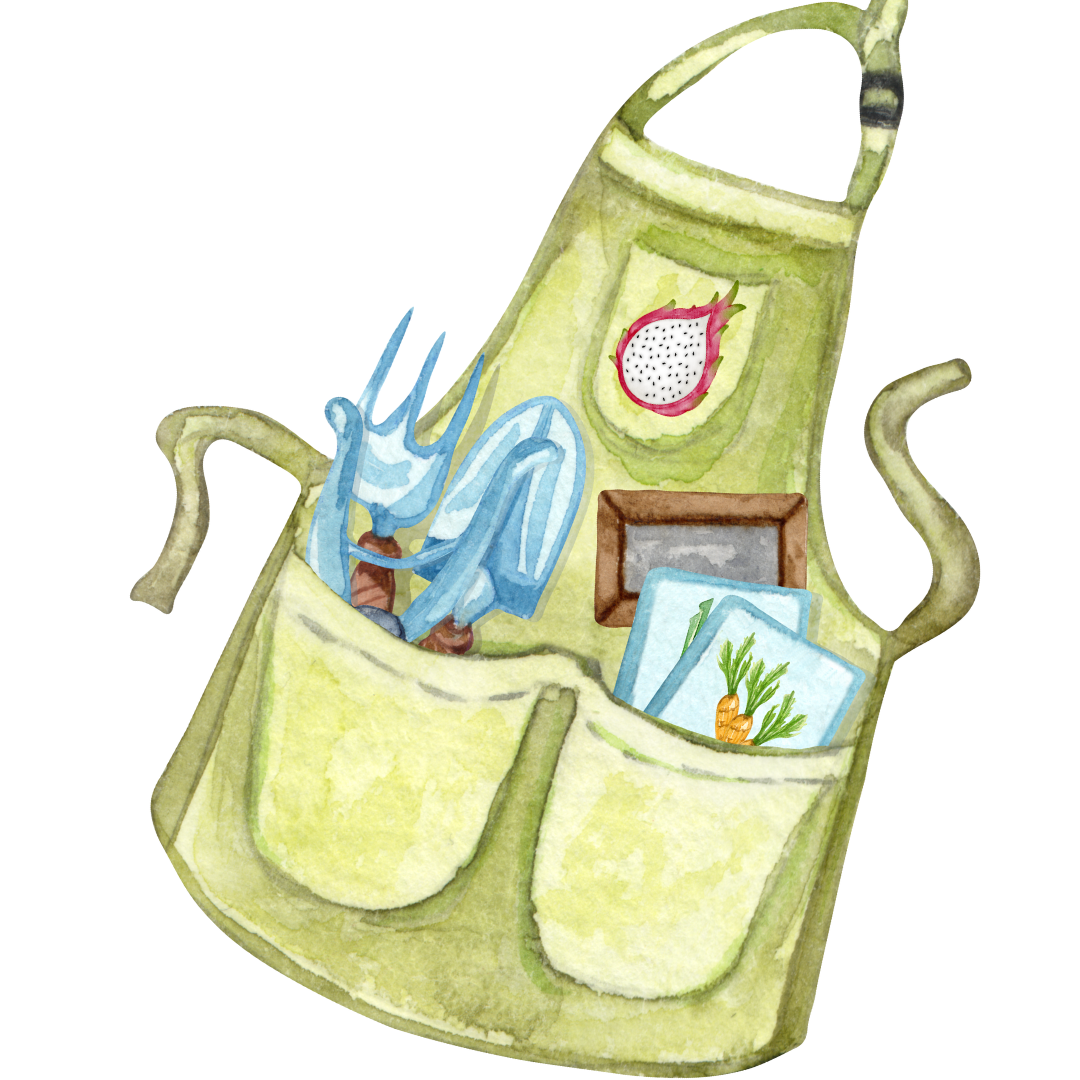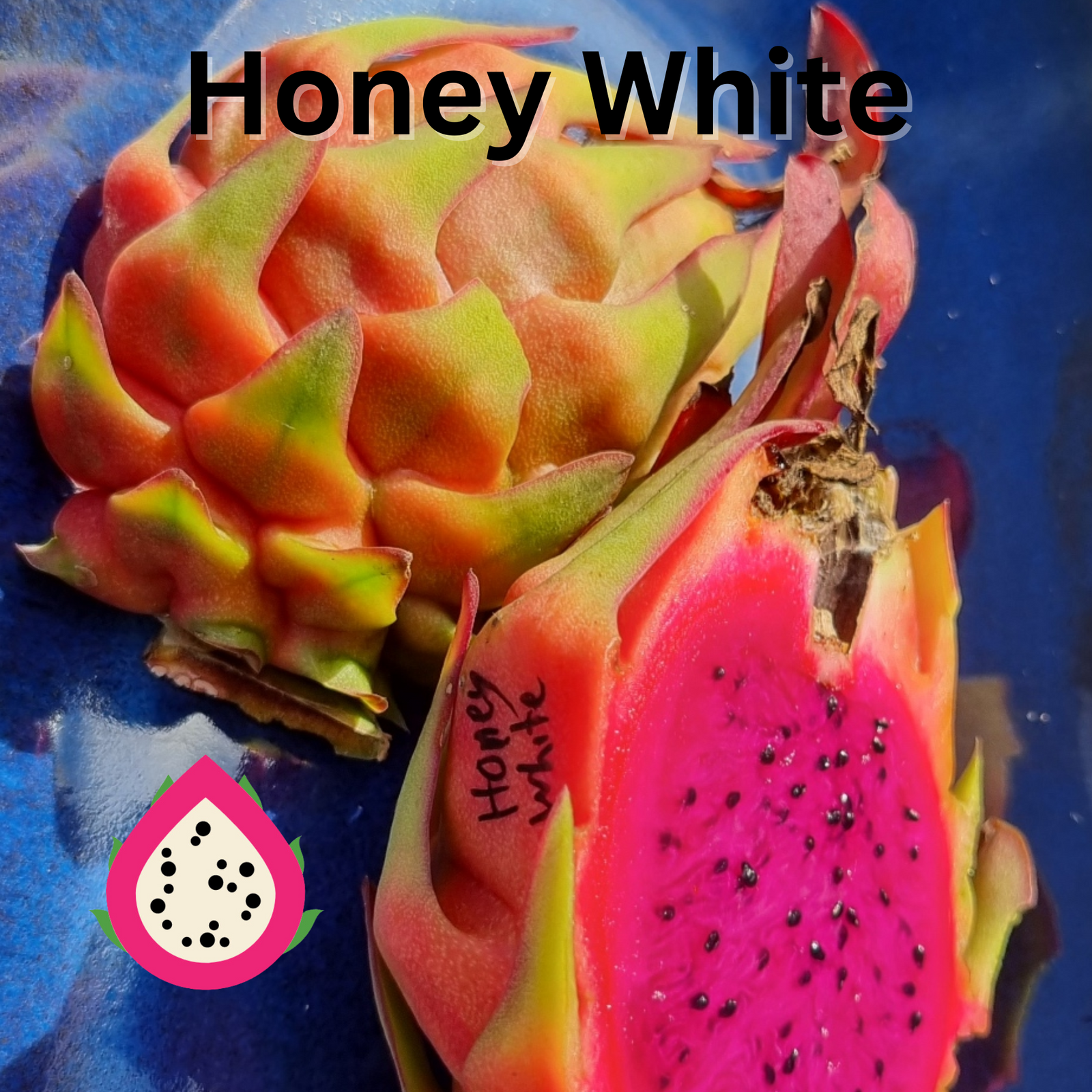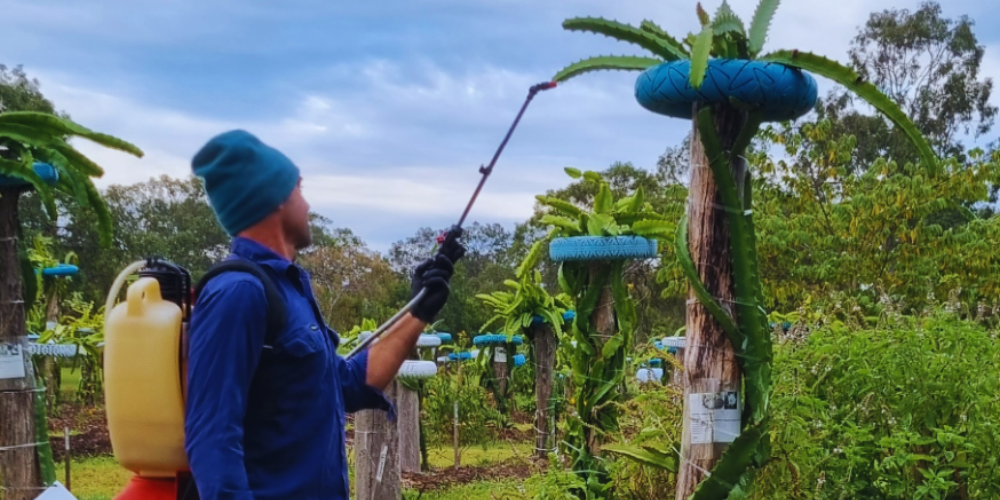To get the most growth and fruit out of your plants this is a simple to understand calendar.
The time may vary between states and growing regions so you may need to adapt the start and end dates slightly. (We are based in Agnes Water, Queensland, Australia)

Hints -
Try to spray your foliage fertilizers when there is no rain for a few days, not a lot of wind and slightly overcast or when the sun is low in the morning.
Put your ground fertilizer on only when there is light rain or no rain for a few days.
Heavy rain will wash all the good stuff away and not give your plants a chance to make the most of the nutrients.
Sometimes mother nature does not cooperate with our calendar so sometimes you just need to miss a week or two until the conditions become more favourable.
In August mulch with mushroom compost and aged forest mulch to help hold moister.
Companion plant- plant flowers, basil, dogbane around the base of your trellis this gives you an extra layer of green mulch and lets the bees know where to find your flowers when they open for 1 night.
A Basic 8 Week Calendar.
At the start of the growing season - when the weather becomes warmer, and you notice new growth.
This varies each year and each region (October- November.)
|
Week 1 |
Dynamic Lifter or a similar product small amount applied to the base of the plant |
|
Week 2 |
Liquid potash applied with a foliage sprayer to arial roots and limbs. |
|
Week 3 |
Eco seaweed applied with a foliage sprayer to arial roots |
|
Week 4 |
Liquid potash applied with a foliage sprayer to arial roots and limbs |
|
Week 5 |
Eco seaweed applied with a foliage sprayer to arial roots |
|
Week 6 |
Liquid potash applied with a foliage sprayer to arial roots and limbs |
|
Week 7 |
Eco seaweed applied with a foliage sprayer to arial roots |
|
Week 8 |
Liquid potash applied with a foliage sprayer to arial roots and limbs |
Repeat until the weather cools and you notice growth slows (March - April.)
Why we use what we use.

Liquid potash
Promotes flowering and full, firm fruit & vegetables, and helps develop hardy plants.
Potassium source for Hydroponic tank.

Eco seaweed
Eco-seaweed is a Registered Organic seaweed extract that’s 100% soluble and stimulates a range of beneficial actions including reduced transplant shock and improved health and vigour.
Also reduced incidence of disease, improved drought tolerance and more.
So concentrated you only need a teaspoon of the in a 9 litre watering can!
Comes in a powdered form available in a 100g or the large 600g size.
Proudly Australian made.

Dynamic lifter-
Releases nutrients slowly.
Palletized to make it easy to apply
Use to create organic nutrient rich soil for better root growth, stronger plants and more flowers and fruit. Suitable for use in organic gardens all year round, on all plants including native plants. Releases nutrients slowly, improves the structure and moisture retention of the soil and encourages earthworms and beneficial soil micro-organisms.

Mulch- Water retention and weed suppression. Adds structure to soil

Mushroom Compost-
Mushroom Compost is an environmentally friendly, water saving, organic by-product of mushroom farming.
Mushroom Compost is full of rich beneficial organic nutrients and can be used both as a soil improver or a mulch
Generally mushroom compost is ph. neutral and a mixture of aged straw, manure, and mycelium. (This will vary between suppliers)
To save money purchase in bulk from your local land scape supplier. Local nurseries do sell bagged opinions but when you are doing large areas it can become too expensive.
We use this fertilizing calendar for all our fruit trees and Vegetable gardens.
Happy Gardening







